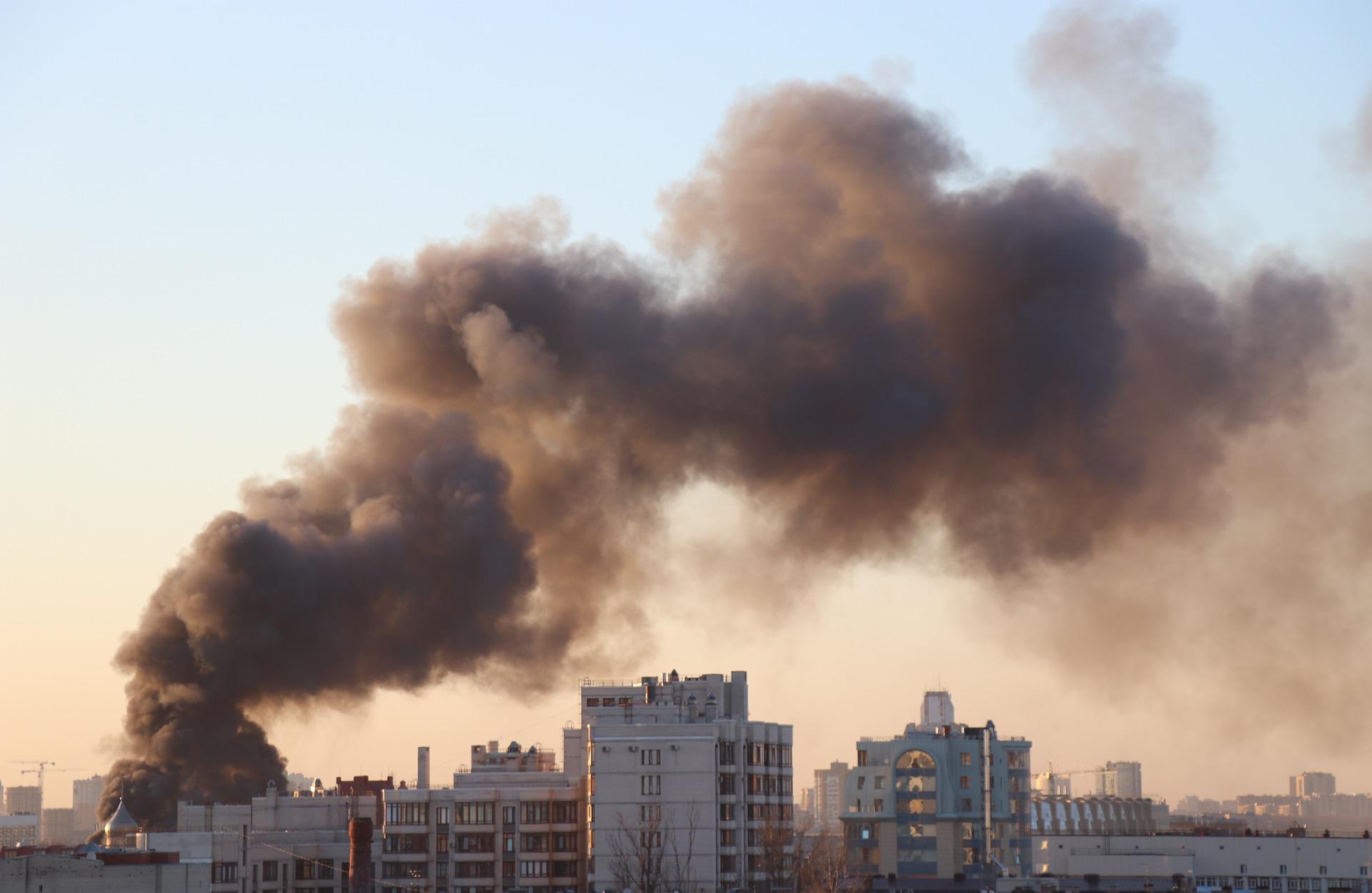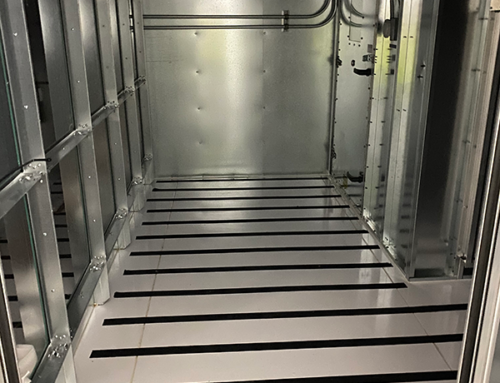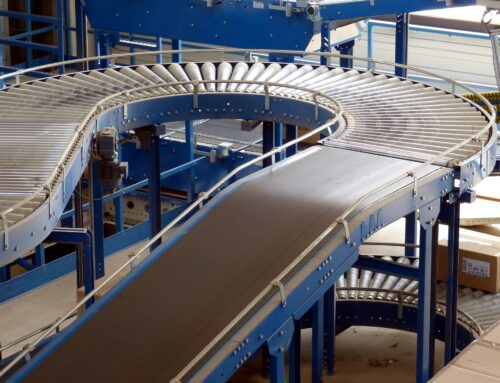Back in 1878, the Washburn A Mill exploded, resulting in the destruction of the mill, neighboring buildings, and the loss of workers’ lives. This event was the result of combustible dust spread throughout the factory, with sufficient oxygen, a confined space, and the right amount of heat to ignite the dust. These five factors, fuel, dispersion, oxygen, confinement, and heat, are known as the Explosion Pentagon, one of three dangers posed by combustible dust.
What is Combustible Dust?
There are over 130 different natural and manmade materials identified by OSHA which can produce combustible dust. Many factors are used to determine if particles are considered Combustible Dust, including, but not limited to, the chemical composition, size, and oxidation potential.
Why is Combustible Dust a Concern?
Combustible dust can result in Fire (oxygen, fuel, and heat), Deflagration and Flash Fires (oxygen, dispersion, heat, and fuel in the form of a dust cloud), or Explosion (oxygen, dispersion, confinement, heat, and fuel). Although manufacturing facilities tend to be at the highest risk, office buildings and data centers are also at risk when dust is left to accumulate on surfaces, including inside of air ducts. Manufacturing machinery, computers, servers, and HVAC systems all generate heat. If not cleaned regularly and properly, this heat can be enough to ignite the dust in the area.
Aside from the potential for explosion, combustible dust also contributes to the overall health and wellbeing of employees. See our article on Sick Building Syndrome for additional information.
Prevention and Cleaning
There are many ways to prevent the buildup of Combustible Dust. Regular inspection and cleaning using approved dust collection cleaning products is one of the easiest ways to prevent the accumulation of this dangerous dust. Properly installed and maintained ventilation, filtration, and dust collection systems are other prevention measures companies can take to mitigate their risk. An extra step companies can take to help maintain compliance with OSHA regulations is to test dust at regular intervals to identify potential risk.
Hiring professionals trained in cleaning combustible dust is the easiest way companies can ensure facilities are safe, protecting their employees and the buildings from potential harm. Contact us today for information on how we can help your business stay safe.




